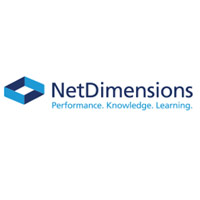Is your learning management system (LMS) truly global? In today’s fast-paced global environment, multilingual companies are challenged to deliver training in multiple languages to their global workforce.
Multi-language handling is a must-have for multinational corporations or any company managing learning and performance for a global workforce or a global partner network. Preparing content that targets a diversified audience or an audience that is multilingual is becoming more and more common.
What is a multi-language LMS?
Before the introduction of multi-language support, LMS administrators had to either:
• Package multilingual content into the same object, lumping irrelevant language versions together as one from a presentation perspective
• Create multiple objects for the different language versions, which made administration and reporting difficult
Multi-language handling enables the LMS to dynamically adapt to an individual user’s language by delivering the course information and training content in the preferred language.
For example, an automotive service center’s engine mechanic in the US will get Small Engine Repair Course in English, while their counterpart in Spain will get the same course in Spanish. If you have a global workforce, it should be a given that the course is available in multiple languages.

